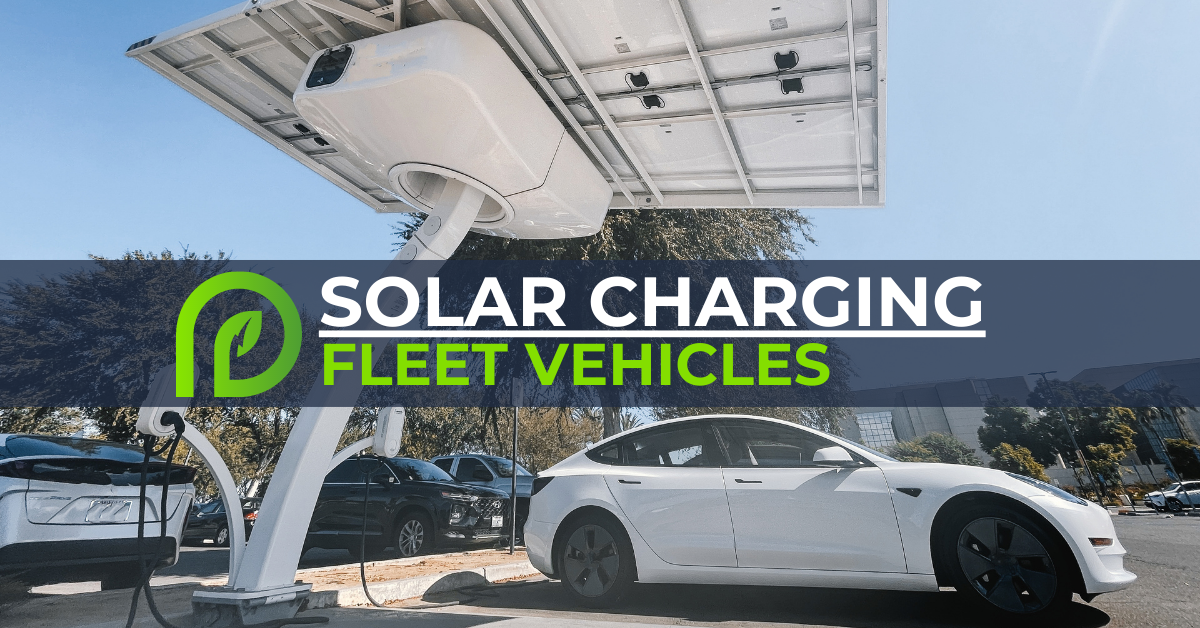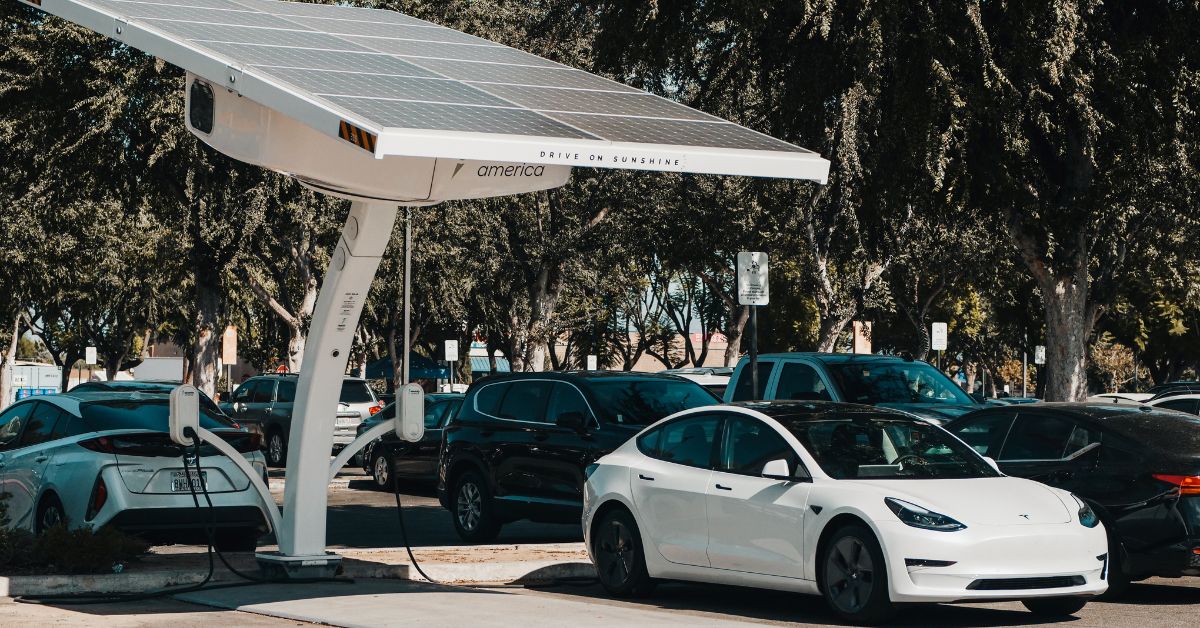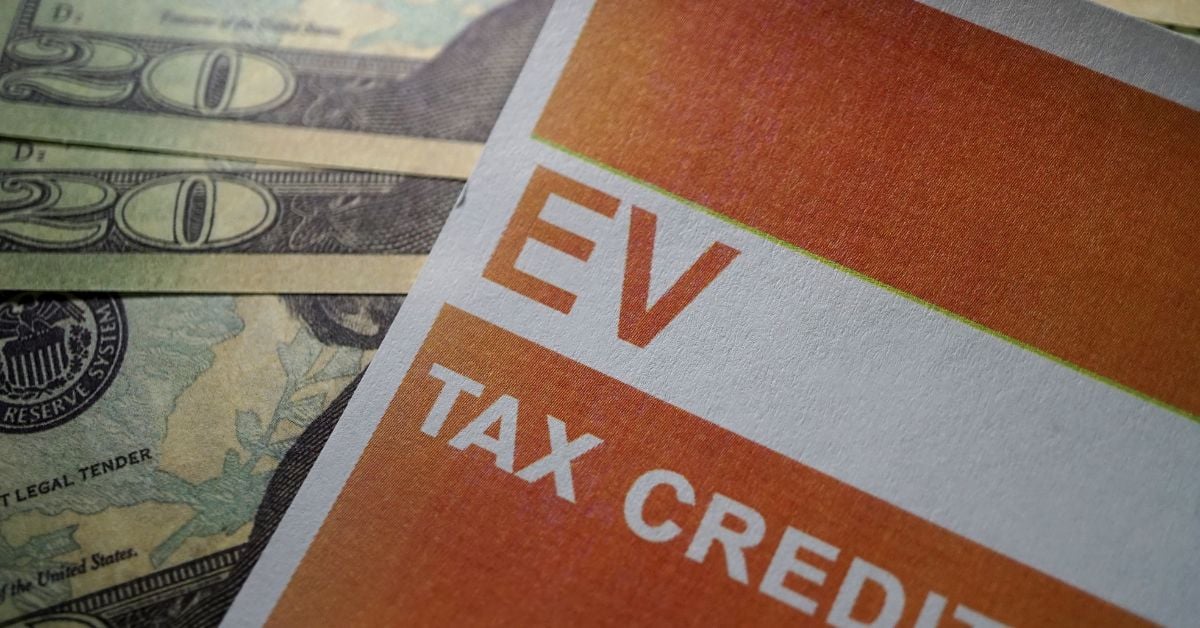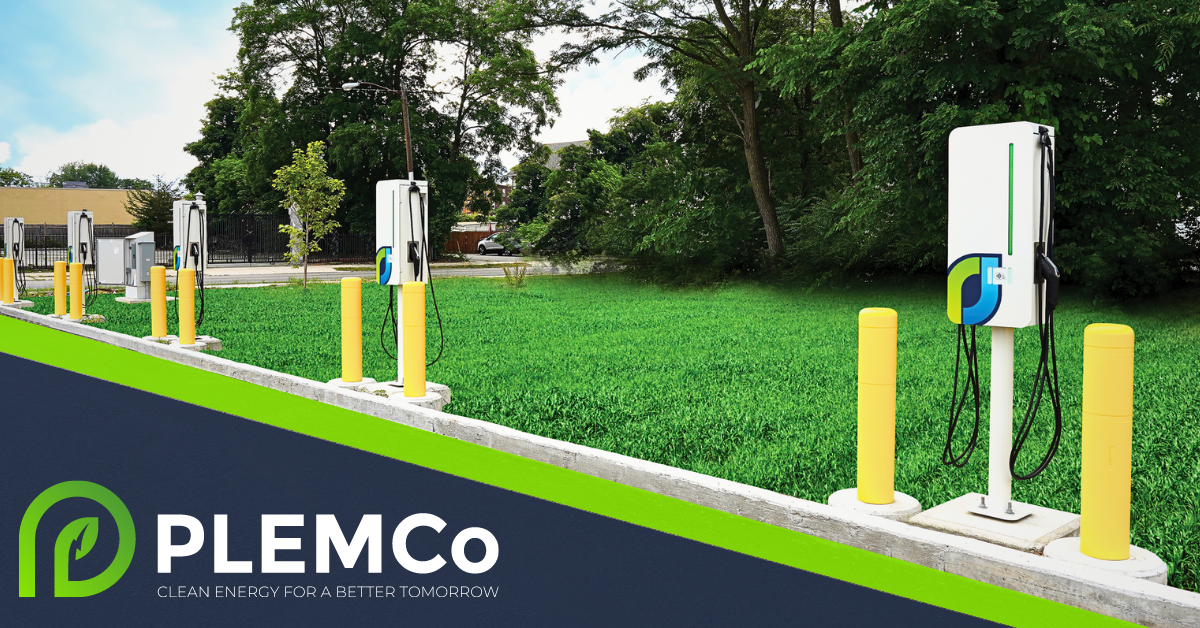Electric Vehicle Chargers for Business Owners
ev charging stations help the environment and attract ev drivers

As the world shifts towards cleaner and more sustainable forms of energy, the use of electric vehicles (EVs) has become increasingly popular. While electric cars produce significantly fewer emissions than traditional gasoline-powered vehicles, their benefits can be further maximized by using renewable energy sources such as solar power.
Installing solar panels for fleet charging can not only help reduce the carbon footprint of your business, but it can also provide cost savings in the long run. Here are some key factors to consider when installing solar for fleet charging:
Determine your charging needs Before you begin installing solar panels, you need to determine the charging requirements for your EV fleet. Consider the size of your fleet, the types of vehicles, and their charging needs. It's essential to ensure that the solar panels can produce enough power to meet the charging needs of your fleet. You may also want to consider installing a battery storage system to store excess energy generated during off-peak periods.
Evaluate your site Assess your site's suitability for solar panel installation. The ideal location is a flat roof or an open area that receives ample sunlight. The orientation of the panels, shading, and the angle of inclination are all factors that need to be considered. It's also important to ensure that the installation site is easily accessible and can accommodate the weight of the solar panels.
Determine the cost The cost of solar panel installation varies depending on factors such as the size of the system, the site, and the quality of the panels. However, it's essential to consider the long-term savings that solar power can provide, such as lower energy bills and reduced maintenance costs.
Choose the right solar panels Selecting the right solar panels is crucial to ensure maximum energy production. Monocrystalline and polycrystalline solar panels are two of the most common types used for solar power systems. Monocrystalline panels are more efficient, but they are also more expensive. Polycrystalline panels are less efficient but are more affordable. Consider your budget and energy needs when choosing the right type of solar panel for your fleet charging needs.
Hire a reputable installer Hiring a professional solar panel installer is crucial to ensure that the installation is done correctly and safely. Choose a reputable installer with experience in installing solar panels for commercial applications.
In conclusion, installing solar panels for fleet charging is an effective way to reduce your carbon footprint and lower your energy costs in the long run. Consider your charging needs, site evaluation, cost, solar panel selection, and hiring a reputable installer to ensure a successful installation. With proper planning and execution, your business can take a significant step towards a more sustainable future.

ev charging stations help the environment and attract ev drivers

claiming federal EV tax credits

COMMERCIAL EV CHARGING OPPORTUNITIES